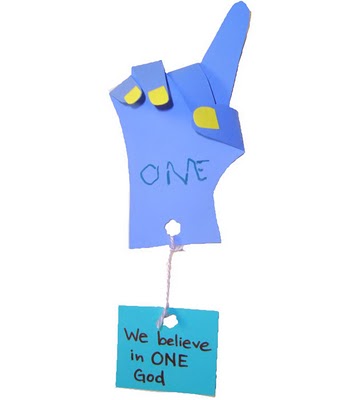I can’t deny it – it really stinks when you spend 5-10 hours a week prepping lesson plans, and have no students attend class. But I understand how busy life can get. Today’s lesson was very important, so hopefully I can push my curriculum back one week and fit it in next Sunday. Regardless, here is an overview of the lesson plus some fun art ideas to try.
Lesson : Prayers.
Open with Devotions, Classroom Rules, pass out snack.
Lecture/Discuss prayers. Talking points : Why do we say prayers? What happens when we don’t pray? Who do we pray to? What do we pray for? What is the Obligatory Prayer?
Prayer Scavenger Hunt : Put students into groups and hand each group a prayer book. Hand each student a prayer scavenger Work Sheet and a pencil. You can see the worksheet here , although the formatting was changed when I uploaded it: Prayer Scavenger Hunt
(ETA : Just saw I included “When you wake up” twice, that can be changed or they can find 2 prayers for that situation!)
The students will fill out the scavenger hunt, and each group will choose a new prayer they found that they liked. They will present it to the whole class. This will be the next prayer we work on memorizing in class.
During this activity, teacher will prepare for the Arts and Crafts Activity next.
Craft : Obligatory Prayer and Frame
Ahead of time – Use a hot glue gun to make picture frames out of popsicle sticks. Glue a magnet onto the back of each frame. Also, print out the obligatory prayer on nice card stock, large enough to fit in the frame.
Students will use acrylic or tempera paint, sequins, foam stickers, ect to decorate their frame. Then they will glue the Obligatory Prayer to the back of the frame and hang it in their locker or on their refrigerator at home.
Clean Up, review songs.
Hopefully I can use this lesson next week!
On Thursday and Friday of last week I attended the Michigan Art Education Association Annual Fall Conference in Dearborn. It was quite an experience – especially for a newbie like me. But I thoroughly enjoyed it, and learned so much. One session I attended had us making illustrated accordion books with Haiku poems inside. I have been wanting to make this kind of book with the Blessed Is The Spot prayer and now I know how too! Well, I am still fine tuning the details, and when I do I will post specific instructions here. But here is what I came up with so far:

And one of my newest favorite books is The Usborne Complete Book of Art Ideas. I copied this project from the book, but it can be adapted and changed. I thought it goes GREAT with the story of Abdu’l-Baha and the sheep, which can be found in the Core Curriculum book of Baha’u’llah stories, Volume 1.

To make this kind of art, use a white oil pastel to draw the sheep’s bodies and some lines on the ground. Then wet the entire paper with water, and use blue/purple/pink watercolors. Make sure the colors run together and mix. I used Windsor and Newton Cotman WaterColours in Intense Blue and Permanent Rose. When the paint dries, use black watercolor or ink to add in the heads, tails, and legs. Let that dry, and then use white acrylic or tempera paint to splatter all over – the book suggests dipping a toothbrush in the paint and flicking it with your finger.
I am also working on a Shrine of the Bab drawing lesson. Here is my first attempt, drawing it out first in pencil and then filling in with oil pastels. This kind of project would work best with 4th-8th grade, possibly High Schoolers if they show interest in drawing. And crayons or colored pencils would also work better.

That’s it for this week! Hopefully next week I’ll have some more concrete things to share.

